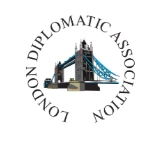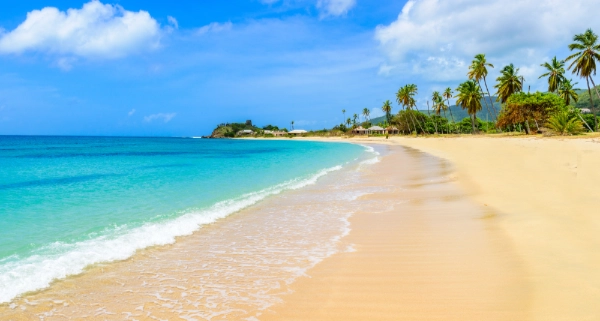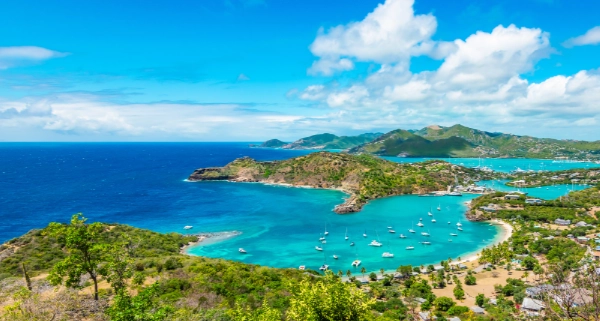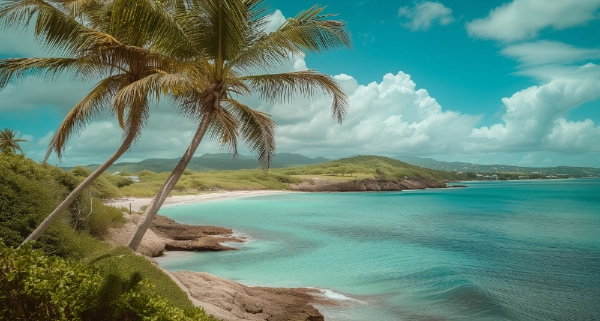Antigua | The Land of Sun, Sea and Sand
The History of Antigua and Barbuda
Antigua was visited in 1493 by Christopher Columbus, who named it for the Church of Santa Maria de la Antigua in Sevilla, Spain. It was colonized by English settlers in 1632 and remained a British possession although it was raided by the French in 1666. The early colonisers were also attacked by Caribs, who were once one of the dominant peoples of the West Indies. At first tobacco was grown, but in the later 17th century sugar was found to be more profitable.
The nearby island of Barbuda was colonized in 1678. The crown granted the island to the Codrington family in 1685. It was planned as a slave-breeding colony but never became one; the slaves who were imported came to live self-reliant in their own communities.
The emancipation in 1834 of slaves, who had been employed on the profitable sugar estates, gave rise to difficulties in obtaining labour. An earthquake in 1843 and a hurricane in 1847 caused further economic problems. Barbuda reverted back to the crown in the late 19th century, and its administration came to be so closely related to that of Antigua that it eventually became a dependency of that island.
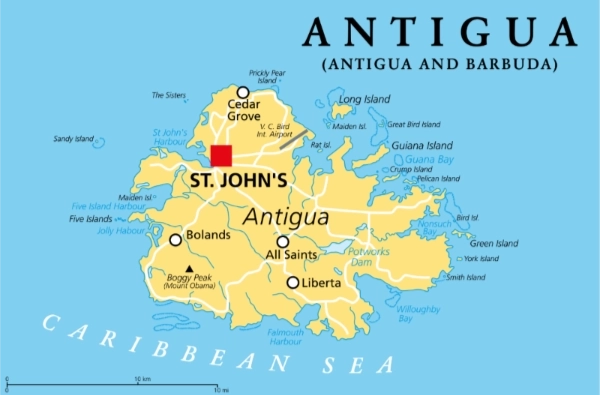
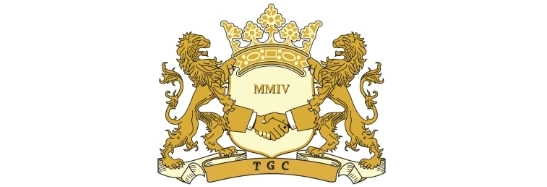
LDA is the link between the business and the diplomatic community globally
"...I duly wish there were more organisations in this country who put so much effort into developing relations within London's diplomatic community"
